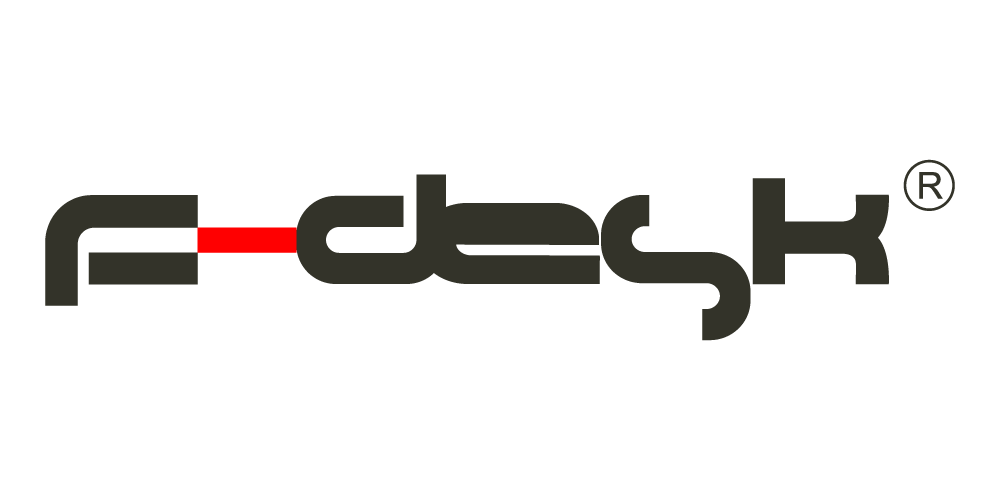Music Classrooms
Music classrooms are special learning spaces where students freely explore their rhythm, melody and harmony skills and where creativity is at the forefront. Music classroom designOne of the most important criteria is to ensure acoustic balance. High-performance acoustic materials used in wall and ceiling panels acoustic insulation materialsThe sound-absorbing laminate or rubberized flooring both reduces indoor echo and blocks external noise, providing a clear sound experience. Sound-absorbing laminate or rubber coatings preferred for floor coverings protect concentration by minimizing the sound of footsteps.
Suitable for a variety of instruments modular storage unitsguarantees organized and safe storage of guitars, violins, keyboards, string sets and percussion instruments. Wired and wireless power points on student and teacher desks allow for convenient use of digital pianos, sound mixers and recording equipment. Ergonomic seating groupsis designed to prevent neck and back fatigue, even during long rehearsal or class hours.
The space in the classroom mobile acoustic partitionsallows different working groups to rehearse in their own micro-environments. Thus, both individual study corners and large group exercise spaces can be dynamically organized. Sheet music racks and magnetic composition boards integrated into the walls provide quick access to teaching materials and encourage creativity.
In terms of lighting, both large windows to let in natural light and dimmable LED light systems are used. This combination creates an ideal environment for both stage rehearsal and theoretical lectures. Air conditioning and ventilation ducts, supported by special silent motors, ensure that the air is refreshed during lessons, so that both musical performance and comfort standards are maintained.
FETA Educational Tools music classrooms solutions are tailored to each educational institution with professional acoustic consultancy, durable material quality and flexible modular design features. Focusing on sound isolation, instrument storage, digital integration and ergonomics, these designs help students improve their technical skills and gain artistic self-confidence.







